Winter is here and with it comes harsh temperatures, dry air and our arch enemy… rain. This is the time of year to start planning how you’re going to protect your natural hair from all the elements. You may be wondering what protective style should I get? Which one will suit me? Or more importantly what can I afford?
So many protective styling options are available nowadays but there are some key things you need know whatever protective style you pick. The most important being make sure you wash and deep condition your hair before you put it into a protective style. You won’t have access to your hair for the duration of the protective style so prep it well.
Now it’s time to pick the style that will work for you and your lifestyle. There are several classic options to try below. Just note that each of these five protective hairstyles have pros and cons. We’ll explore each below:
1. WIGS
Wigs are the easiest and most convenient protective style for winter because they can be worn whenever you want. Just cornrow your hair underneath your wig of choice and you’re good to go. Plus, you can wash and condition your hair between wig styles.
One of the biggest advantages of wigs is you don’t need to spend hours sitting in a stylist’s chair waiting for you hair to be completed. Just pick your favorite one and you’re out the door!
You can wear a variety of styles whenever you want (you can see our favorites here). Literally one day you can rock a bob and the next an ombre 22″ wavy style.
A small disadvantage is the price. A good quality wig costs on average $200-400. But think of this as an investment. If you take care of your wig you can make it last for several years. Compare that to getting your hair braided with extensions every season. Each sitting could be $60-200 depending on how small you get the braids.
Which hair should I use?
• Indian virgin hair or Luxury ponytail hair (aka Brazilian virgin hair which is the best hair available in the market)
• Lace wigs are great because they look the most believable
2. BOX BRAIDS
Box braids have been around pretty much since the dawn of time. You can use your own hair or add hair extensions for length and thickness. Box braids suit EVERYONE. It doesn’t matter what shape your face is or the shade of your skin, box braids are universal.
This is a particularly wonderful protective style if you are active i.e. you workout or swim. They also don’t require much maintenance though I recommend buying a glycerin based spray (for moisture), a protein based liquid leave-in (for strength) and a braid sheen to spritz (for shine).
The hair packs you need to purchase for box braids are relatively cheap but depending on your budget the actual cost to get your hair braided isn’t so cheap.
And let’s not forget the endless hours spent putting in the braids (not to mention the painstaking process of taking them down). You literally have to block off days of your life. The good news is once they’re in you don’t have to fuss with your real hair for 4-8 weeks so you save that time on the back end.
Which hair should I use?
• Kanekalon hair (X-Pression is a great brand but note that their hair is extra long so you may need half the packs)
How much hair should you buy?
• Long, medium, or jumbo width: 12-13 packs
• Medium length or jumbo width: 9-11 packs
• Short or micro width: 7-8 packs
3. CORNROWS
Cornrows (or canerows as they’re known in some parts of the world) have many similarities to box braids. You can use just your own hair to create the style or add hair extensions; you can make them as thick or thin widthwise as you’d like; and you can find a cornrow pattern that will suit you (there are so many wonderful ones to choose from. Get inspiration HERE!).
Though cornrows take considerably less time than single box braids to put in, cornrows will not last as long. What makes cornrows so pretty is literally being able to see the rows between each braid. As the style ages, this effect isn’t quite so visible because the hairstyle becomes frizzy and messy over time.
That said, cornrows combined with single braids is such a classic hairstyle and since it doesn’t take so long for a stylist to to do you can have it refreshed every few weeks at a reasonable cost.
Which hair should I use?
• Kanekalon hair (X-pression is a great brand but note that their hair is extra long so you may need half the packs)
How much hair should you buy?
• Two large cornrows all the way to the back: 1-2 packs
• Ten or less cornrows: 2-3 packs
• Braided updo: 2-3 packs
• Lemondage braids: 5-6 packs
• Fulani braids: 9 packs
4. CROCHETS
Crochet braids are a unique way of adding curly hair extensions to your natural hair (similar concept to weave but a curly technique). The stylist will literally use a crochet needle to thread the hair through and around your braided hair to create a full head of curls.
This is a great protective style because your real hair is braided underneath but the final look can give the illusion of being your real hair (try the knotless method so that the crocheted hair will appear to grow from your scalp). The style also takes virtually no time achieve (no more than 2-3 hours).
You can leave sections of your actual hair out to blend with the crochet braids but obviously this hair will not be protected.
One downside is that you’ll have to take real care of the crochet braids so they don’t end up looking messy prematurely. This is because the hair in this style is loose and prone to knots. Keeping the crochet hair in braids or twists as you sleep will help maintain the style.
 Which hair should I use?
Which hair should I use?
• Marley hair or Human hair
How much hair should you buy?
• Varies depending on the style: 5 packs on average
• Crochet braids, locs and or twists: 4-5 packs
• Crochet braids with curly or straight hair: 5-6 packs
5. WEAVE
Weaves are not the first example of a protective style that springs to mind but if done correctly it can be a very effective way to keep your curls healthy this winter.
Weaves have been around for a long time but have mostly been worn by people who relax their hair or wear it straight a majority of the time. The challenge for naturals is wearing weaves without having to compromise the health of their hair.
If wearing a straight weave, heat may be used to straighten and blend your actual hair with the weave thus defeating the purpose of a protective style.
The advantage of weaves is you can wear a completely different look for a longer period of time. The downside is that this can be on the more expensive side. A great stylist can charge upwards of $200 and that’s before purchasing the hair.
Which hair should I use?
• Virgin human hair
How much hair should you buy?
• If buying packs you’ll need: 2-3 packs
• If buying bundles you’ll need: 2-4 bundles

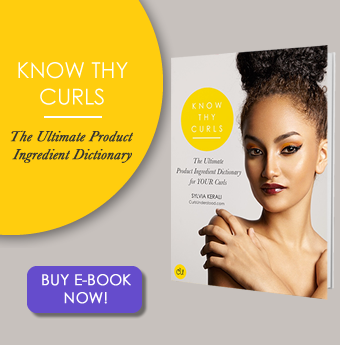

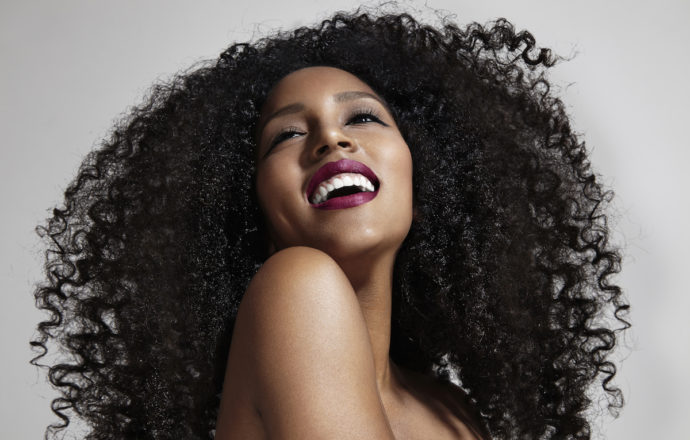
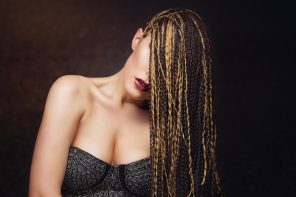
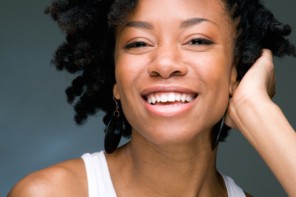
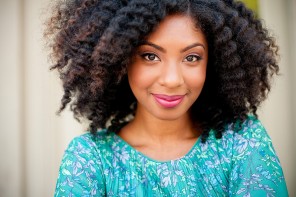

Who wrote this because it is wrong. Cornrows you do sit hours in the chair unless you’re getting 2 or 4 cornrows.